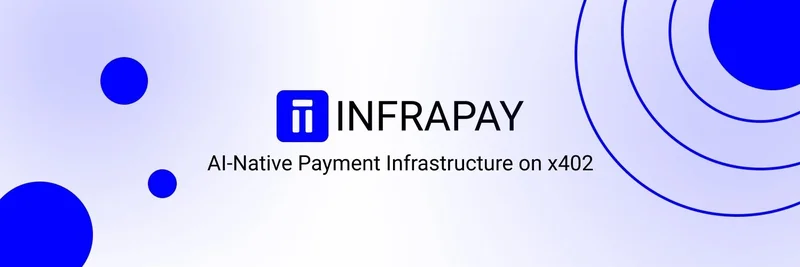Quick facts
- Symbol: INPAY
- Network: Base (an Ethereum Layer-2)
- Contract address: 0x8821eb99c859a5c73f9cf80381c0e3f0d70116dc
- Explorer: Basescan token page
Context: what “Base” is
- Base is a Layer-2 built by Coinbase to scale Ethereum with lower fees and faster transactions.
- It aims to be developer-friendly and secure, while maintaining compatibility with the broader Ethereum ecosystem.
- You can learn more about Base ecosystem activity via listings on CoinGecko’s Base category and CoinMarketCap’s Base chain page.
Important name note: multiple “INPAY”s exist
- The “INPAY” name is used by unrelated projects across different chains and even by a regulated fiat payments provider.
- This article focuses only on the INPAY token at the Base address above. Always verify you are interacting with the correct contract on Base.
How to verify the INPAY token on Base
- Check the official contract: use the Basescan page and confirm the address matches exactly.
- Review token metadata: total supply, holders, and recent transactions are visible on Basescan; this helps you gauge activity and distribution.
- Cross-check listings: if you see “INPAY” elsewhere, ensure it references the Base contract address 0x8821…16dc, not a different chain or project.
What the token might be used for (typical L2 patterns)
- Governance: holders can be allowed to vote on proposals if the project enables it.
- Utility access: tokens can unlock features within a dApp ecosystem.
- Staking: some projects let holders stake to earn rewards.
- Liquidity: tokens can be added to pools on decentralized exchanges (DEXs) for trading.
- Meme/community: many Base-era tokens lean into meme culture, focusing on community engagement and speculative trading rather than formal utility.
Because official documentation for this specific Base INPAY wasn’t provided, treat the above as possible use cases, not confirmed features.
Market data to monitor
- Price and volume: check DEX trades and aggregators; confirm liquidity depth before making decisions.
- Holder count and distribution: on-chain holder concentration can signal risk.
- Liquidity pool health: watch the size of pools and recent adds/removes.
- Activity trends: rising transactions and unique holders can indicate growing interest.
Where to track and explore trading
- GMGN.AI: view INPAY on GMGN.AI with analytics and trading tools at https://gmgn.ai/base/token/fV1R5sZ5_0x8821eb99c859a5c73f9cf80381c0e3f0d70116dc
- DEX options on Base: you can also check liquidity and potential pairs on Uniswap (Base) and Aerodrome. Always search by the exact contract address to avoid lookalike tokens.
- Explorers and data hubs: consult Basescan, plus ecosystem pages on CoinGecko and CoinMarketCap.
Safe exploration checklist
- Verify the contract: 0x8821eb99c859a5c73f9cf80381c0e3f0d70116dc on Base.
- Check for taxes/permissions: look at the token’s code and recent transactions to detect unusual transfer rules.
- Inspect liquidity: confirm pool size and whether liquidity is locked.
- Watch for honeypots: test small trades, and use platforms that provide security checks.
- Beware impersonations: avoid relying on logos or names alone—always match the contract address.
FAQ
- Is this INPAY the same as the older “InPay” (2017) or “InfraPay” on Solana? No. Those are separate projects. The Base INPAY discussed here is identified only by the Base contract address above.
- Is there a confirmed utility? Not from the sources reviewed. Consider it unconfirmed until the project publishes official documentation.
- How do I start researching? Begin with the Basescan page, then check liquidity on Base DEXs, and use analytics platforms like the dedicated INPAY page on GMGN.AI at https://gmgn.ai/base/token/fV1R5sZ5_0x8821eb99c859a5c73f9cf80381c0e3f0d70116dc.
Bottom line
The INPAY token at 0x8821…16dc exists on Base and can be verified via its explorer page. Given the lack of official documentation, treat utility claims cautiously and rely on on-chain data, reputable analytics, and contract-level verification before engaging with the token.


